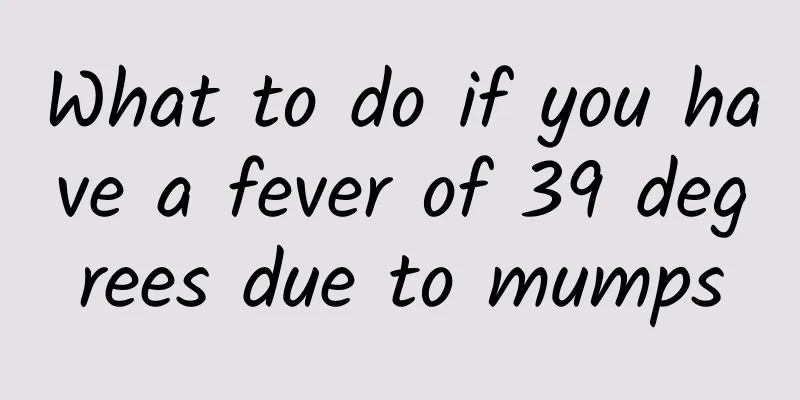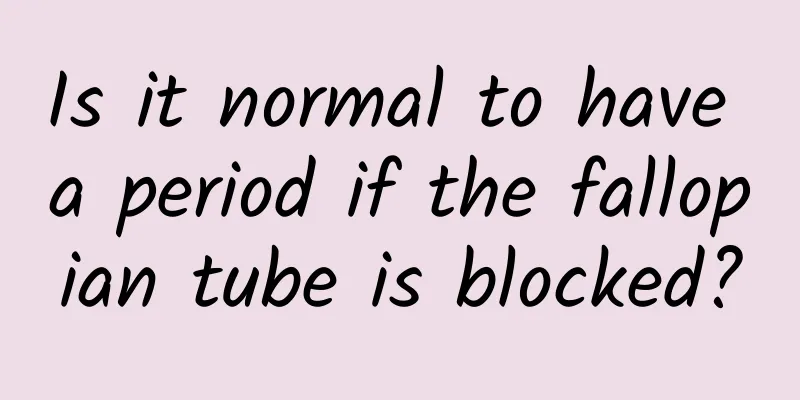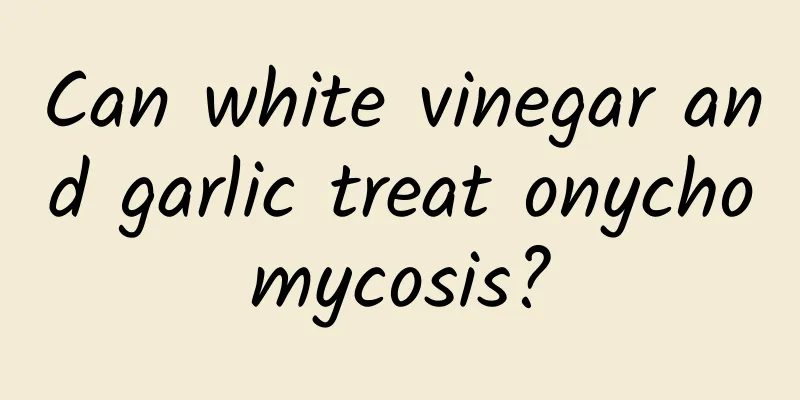How to treat inferior vena cava foot swelling

|
Inferior vena cava foot swelling is a relatively common symptom. There are many causes for this condition, such as congenital malformations of large blood vessels, toxins, non-thrombotic blockage in the cavity, etc. If the inferior vena cava foot swelling is more serious, interventional surgery can be used for treatment, which is more effective, with the characteristics of less trauma and quick recovery time, and has relatively little impact on patients. How to treat inferior vena cava foot swelling 1. Interventional surgery is the first choice for Budd-Chiari syndrome, which has less trauma and better results. For patients with thrombosis in the inferior vena cava or hepatic vein, catheterization and thrombolytic therapy can be performed first. After the thrombus is completely dissolved, balloon dilatation therapy can be performed to expand the narrowed blood vessel. Patients with poor response to balloon dilatation can undergo hepatic vein and/or inferior vena cava stent placement. 2. Medical treatment Medical treatment includes low-salt diet, diuretics, nutritional support, and autologous peritoneal fluid infusion. For patients with acute thrombosis within 1 week of onset, anticoagulants can be used for treatment, but most cases are not diagnosed until several weeks or months after thrombosis. For most cases, conservative treatment can buy time for collateral circulation to form, but the patient will still need surgical treatment in the end. Patients with Budd-Chiari syndrome, especially those in the late stage, often have refractory ascites and severe malnutrition. As a supportive therapy before surgery, medical treatment can improve the patient's general condition, reduce surgical mortality, and facilitate the patient's postoperative recovery. 3. Surgical treatment (1) Diaphragmatic tearing: Diaphragmatic tearing through the right atrium: The method is to enter the chest cavity through the right anterior fourth rib extrathoracic incision or through the sternal incision, and make a longitudinal incision of the pericardium in front of the right phrenic nerve. (2) Inferior vena cava-right atrial shunt. (3) Superior mesenteric vein-right atrial shunt. (4) Radical surgery Although radical surgery directly removes the primary lesion, there is still a possibility of recurrence in cases with concurrent inferior vena cava inflammation. |
<<: What does sublingual varicose veins mean?
>>: Are varicose veins on the temples serious?
Recommend
Pain on one side of the neck
Some people often feel muscle pain on one side of...
Heat-clearing and dampness-removing tea recipe, come and learn it quickly
Many of us have a lot of dampness in our bodies, ...
Is rhabdomyosarcoma serious?
Rhabdomyosarcoma is a relatively serious disease....
What causes joint stiffness? Four major factors tell you
Many people have experienced joint stiffness. The...
What are the benefits of patting your armpits?
When our body is jealous of toxins, the whole per...
What causes chronic eczema?
I believe everyone is familiar with the disease o...
What is thyroid hypodensity?
During the examination, if a low-density thyroid ...
If the leucorrhea is dry after ovulation, does it mean that you are not pregnant?
Most women will have some abnormal conditions dur...
These three bad habits will drain your body, and you will regret it sooner or later!
As the saying goes, the body is the capital of re...
Symptoms of getting angry in spring
Don’t think that getting a sore throat only occur...
What vegetables can I eat if I have urticaria?
I'm sure everyone has eaten vegetables. This ...
Do newborns need to use talcum powder?
Talcum powder is rich in mint ingredients, so app...
Acupuncture points corresponding to the cervical vertebra
Once a person has cervical spondylosis, he must t...
What will happen to men with short philtrums? How to judge the length of the philtrum
The shape of the philtrum can reflect people'...
What are the causes of high eosinophil ratio?
If an elevated eosinophil ratio is found during t...









